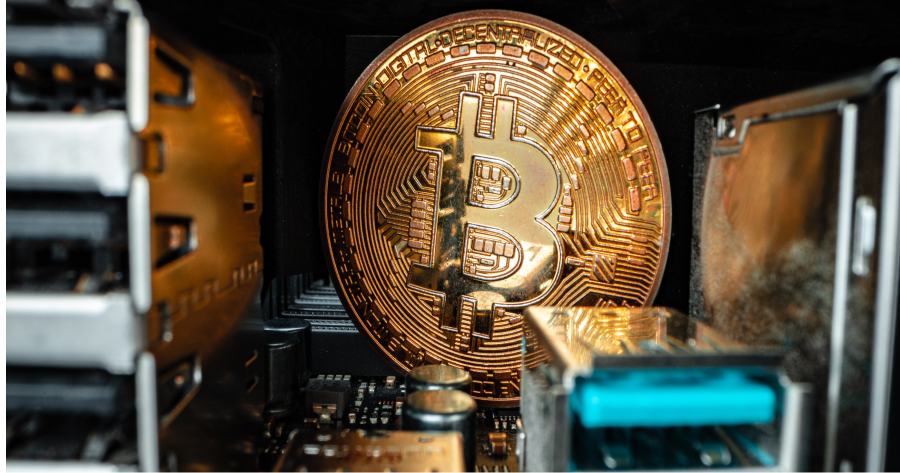The latest Bitcoin (CRYPTO: BTCUSD) halving event, which occurred on Friday just after 8:09 p.m. Eastern Time, marked the fourth in the cryptocurrency's history.
This significant event reduced the rate of new Bitcoin issuance to approximately 3.125 BTC every 10 minutes. Traditionally, such halvings heighten anticipation among investors and miners due to their potential impact on bitcoin prices.
What is the halving?
The halving is a programmed reduction in the rewards miners receive for adding new blocks to the blockchain, happening roughly every four years. Cutting the block reward in half ensures that the total supply of Bitcoin caps at 21 million, thereby introducing scarcity that could drive up the price.
Why is halving needed?
Halving is the primary purpose of controlling the emission of cryptocurrency and curbing its inflation. Even before the first halving in 2012, Ethereum's creator, Vitalik Buterin, highlighted its necessity. He compared Bitcoin to gold, noting that "The reserves of gold in the world are limited, and with each gram mined, it becomes increasingly difficult to obtain the remaining gold. As a result of this limited supply, gold has retained its value as an international medium of exchange and store of value for over six thousand years, and it is hoped that Bitcoin will do the same."
Historically, halvings have been catalysts for substantial price increases in the months following the event. However, this time, the scenario was distinct, as the price of bitcoin remained stable at around $63,000 shortly after the halving. This stability suggests that the market may have already priced in the effects of the halving, supported by the recent rally driven by the introduction of spot bitcoin ETFs.
| Year | Block Reward (Bitcoins) |
| 2009 | 50 |
| 2012 | 25 |
| 2016 | 12.5 |
| 2020 | 6.25 |
| 2024 | 3.125 |
The primary rationale behind the halving is the built-in scarcity it creates, as there can only ever be 21 million bitcoins. By reducing the reward for mining each block, halvings aim to decrease the rate at which new bitcoins are created, thus potentially driving up the price due to increased scarcity. However, the immediate aftermath of this halving did not witness any dramatic price movement, challenging traditional expectations.
The halving significantly impacts miners, as it slashes their earnings from block rewards in half. Despite this, the block mined by ViaBTC during the halving showcased an unusually high fee revenue, hinting at higher transaction fees as a temporary compensation for reduced block rewards. This instance might suggest a shift towards greater reliance on transaction fees for miner revenue.
Moving forward, the impact of the halving on Bitcoin's price remains uncertain. While some experts believe that the halving's effects are already reflected in the current price levels, others see the potential for future appreciation influenced by ongoing developments like Ordinals and layer-two networks, which could increase transaction fees and miner revenue.
Moreover, the halving underscores Bitcoin's unique monetary policy, which stands in stark contrast to traditional currencies affected by inflation and fluctuating interest rates. This attribute continues to attract individuals seeking an alternative to conventional monetary systems, especially in economically turbulent times.
In summary, while the latest bitcoin halving did not result in an immediate price surge, it reinforces the cryptocurrency's foundational principles and may still influence future market dynamics, particularly through its effects on mining economics and transaction fees. As the landscape evolves, stakeholders will closely watch how these changes affect the broader ecosystem.


